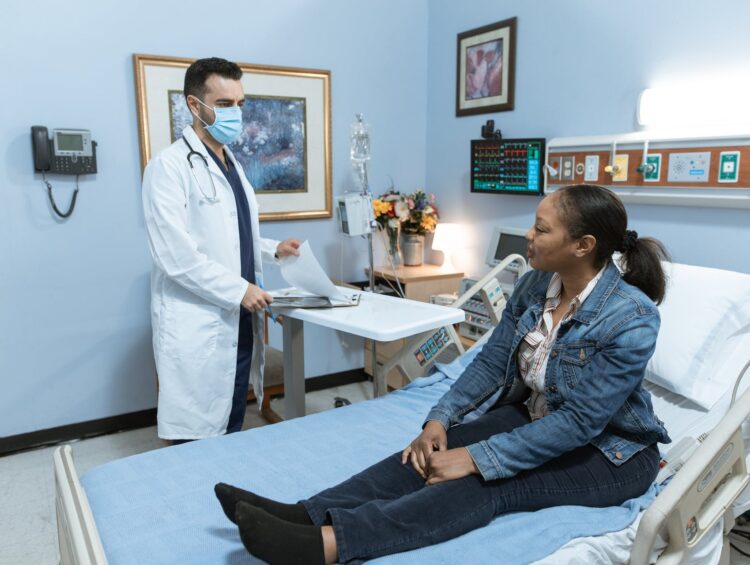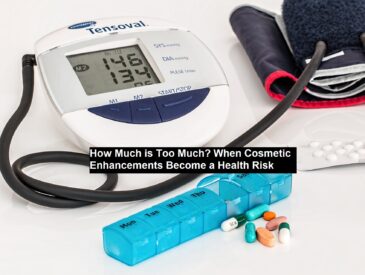The landscape of healthcare is continuously evolving, with innovations like cutting-edge diagnostic technologies and virtual consultations reshaping the patient experience. While these advancements offer more avenues for care and healthier living, there remains a critical area that demands improvement: communication in the physician-patient relationship. In the following discussion, we will briefly explore the significance of effective communication between physicians and patients and suggest ways to enhance this crucial aspect.
Research indicates that nearly half of patients across all age groups express a desire for more proactive communication from their healthcare providers. Travel nurses, due to their temporary nature, must effectively bridge communication between physicians and patients to ensure continuity of care. Effective communication is pivotal in nurturing strong relationships, building trust, and establishing a productive rapport, ultimately contributing to increased patient satisfaction, engagement, and commitment to achieving better health outcomes. Well-executed communication can even lead to a reduction in patient visits and costs for both patients and healthcare providers.
Read: 5 Ways To Prioritise Your Oral Health Today!
Communication Barrier
Conversely, poor communication can result in patients not receiving adequate care or sufficient information about their health. Various barriers contribute to subpar communication, including behavioral aspects such as discomfort in relaying information and patient distrust, as well as administrative issues like understaffing and resource limitations. Clear communication between physicians and patients is essential for effective Knee Pain Management. These challenges often leave medical professionals with limited time to fully understand patients’ health issues and provide proper guidance. Cultural and language barriers, confusing third-party billing, technological issues, and a lack of health literacy on the part of the patient further complicate physician-patient communication.
Despite these barriers, numerous strategies can be implemented to strengthen relationships and improve communication. Incorporating the latest digital communication tools and channels, especially as telehealth capabilities advance, provides additional resources for both physicians and patients. These tools enable patients to access information about their health and treatment from trusted sources.
Communication Efficiency
On an organizational level, healthcare providers can invest in automation technologies to streamline administrative processes, including patient scheduling. Additionally, employing culturally competent staff and interpreters, enhancing physician training on providing emotional support, and implementing strategies to prioritize patient health literacy are crucial steps. Reliable print-to-mail services can also be utilized to improve communication efficiency.
Infographic provided by Postal Methods, send physical mail online
These suggested approaches represent just a glimpse of the myriad ways patients, healthcare providers, and organizations can enhance communication in the healthcare sector. For more detailed insights into the impact of effective communication on patient outcomes, refer to the accompanying resource. During consultations, clear communication between physicians and patients about buying salicylic acid face wash can help ensure patients choose the right product for their skin concerns.





